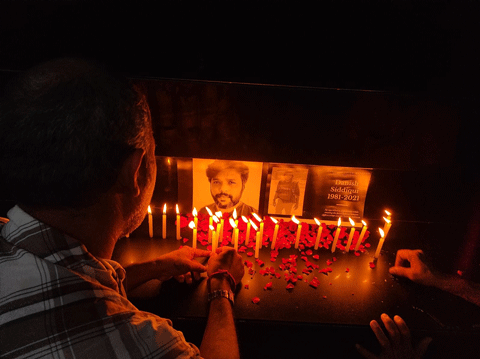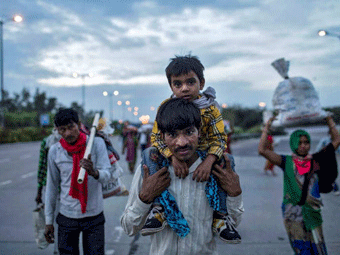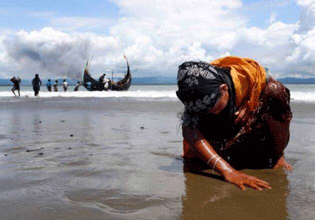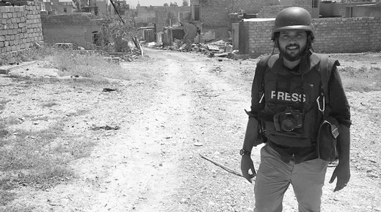By Our Special Correspondent
Danish Siddiqui was a photo-journalist with the biggest UK-based news agency Reuters. He was amongst the most sensitive of Indian photographers. Unlike the other grades of Indian photography, Danish was concerned primarily with dramatizing the misery of the common man. Born in Uttar Pradesh, Danish’s photographs have been around the world. In an unfortunate tragedy he was killed in ambush while covering the war between Taliban and Afgan forces near the once famous city of Kandahar in Afghanistan.
Danish has earned the wrath of the BJP government at the centre because of his extensive coverage of the post-Godhra killings in Gujarat. A case is still pending against the top leaders of the BJP who did not permit the police to take action during the genoside against Muslims in 2002.
One of the most famous of Danish’s photographs is the one which shows the mass cremation of dead covid-19 patients on the outskirts of Delhi. Danish also covered the desperate ghar wapasi of migrant workers who had lost their jobs and had to walk back to their home states last year. The picture which won him the Pulitzer prize was his photograph of persecuted Rohingyas, Burmese Muslims in Myanmar. Lakhs of people around the world watched Danish Siddiqui’s funeral, including world leaders like US President Joe Biden and French President Emmanuel Macron, who paid tribute to the undying spirit of Danish Siddiqui.
Danish covered the barbaric condition of the fleeing Muslim refugees in Myanmar. He was not concerned with celebrities or photographs of nature and wildlife. His main focus was on the human condition of the poorest and those who were harassed by their governments. His assignment as a Reuters photo-journalist took him all over the world. Everytime he was on a assignment he knew his life was at risk. But he always volunteered for the most dangerous assignments.
This was what took him to Afghanistan where the Taliban was fighting to take control of Afghanistan after the departure of US troops. There have been demands from several newpaper organisations for greater protection for media people in the war zone areas. They should be placed on par with Red Cross and UN Observers.




